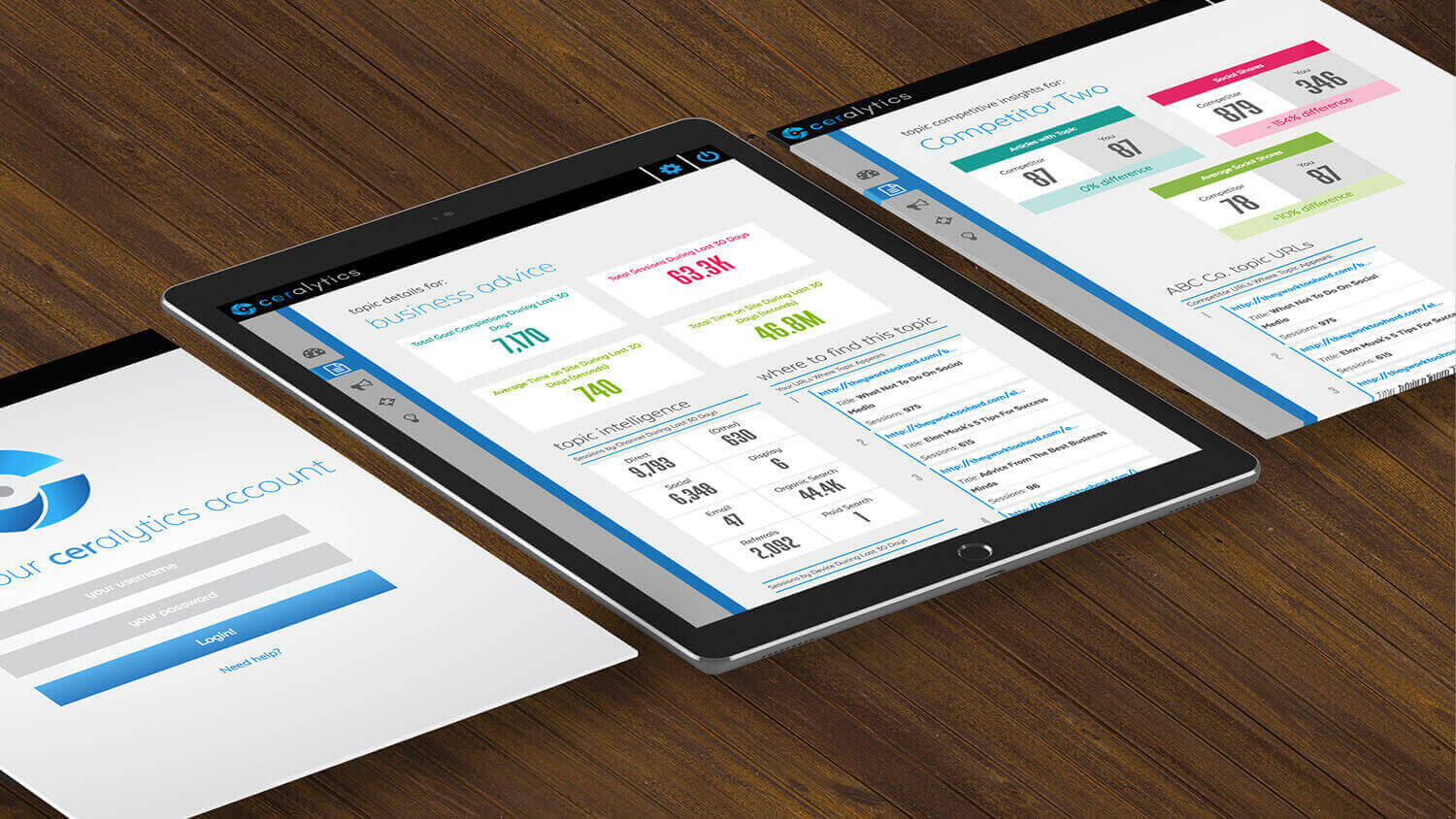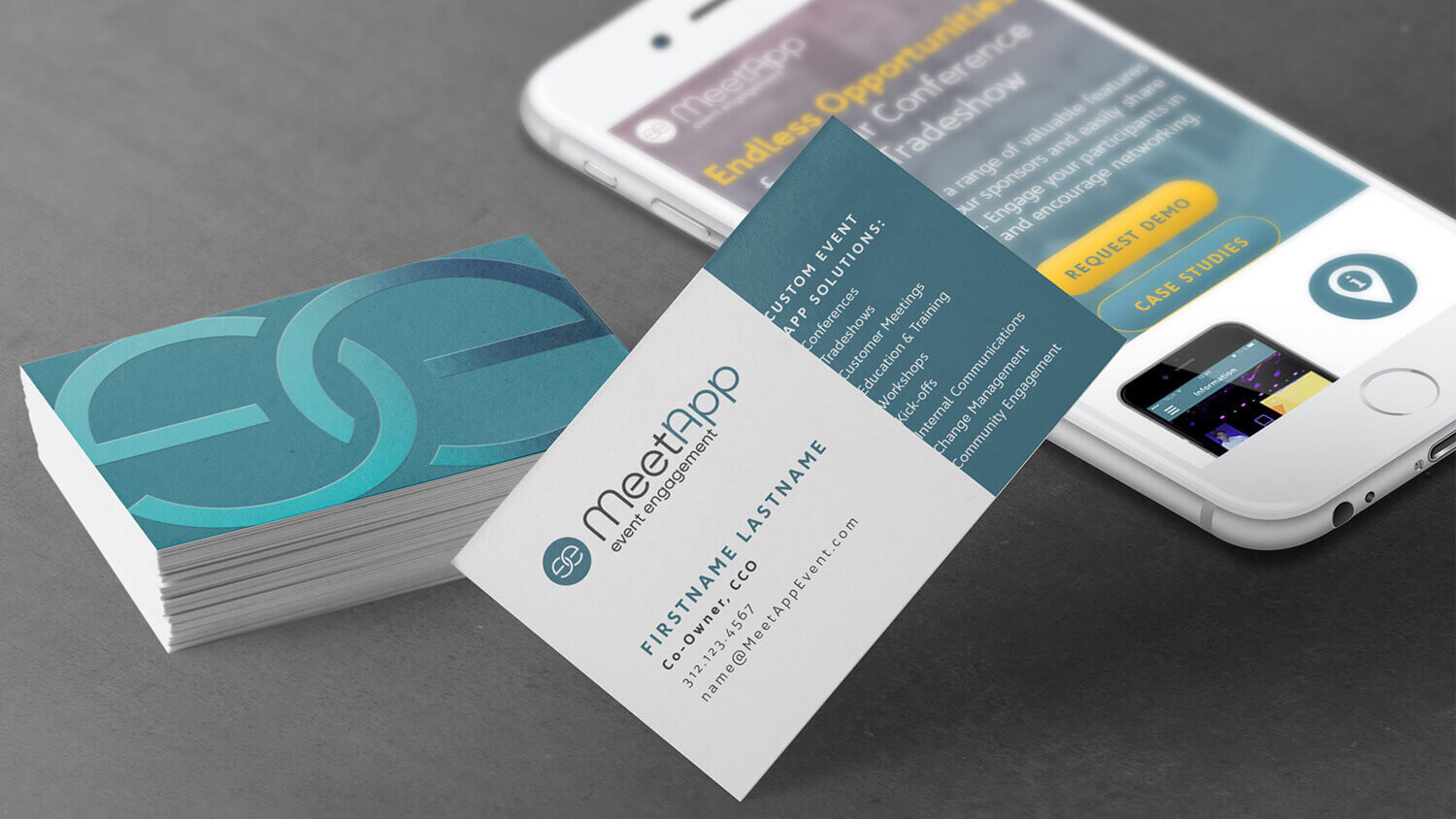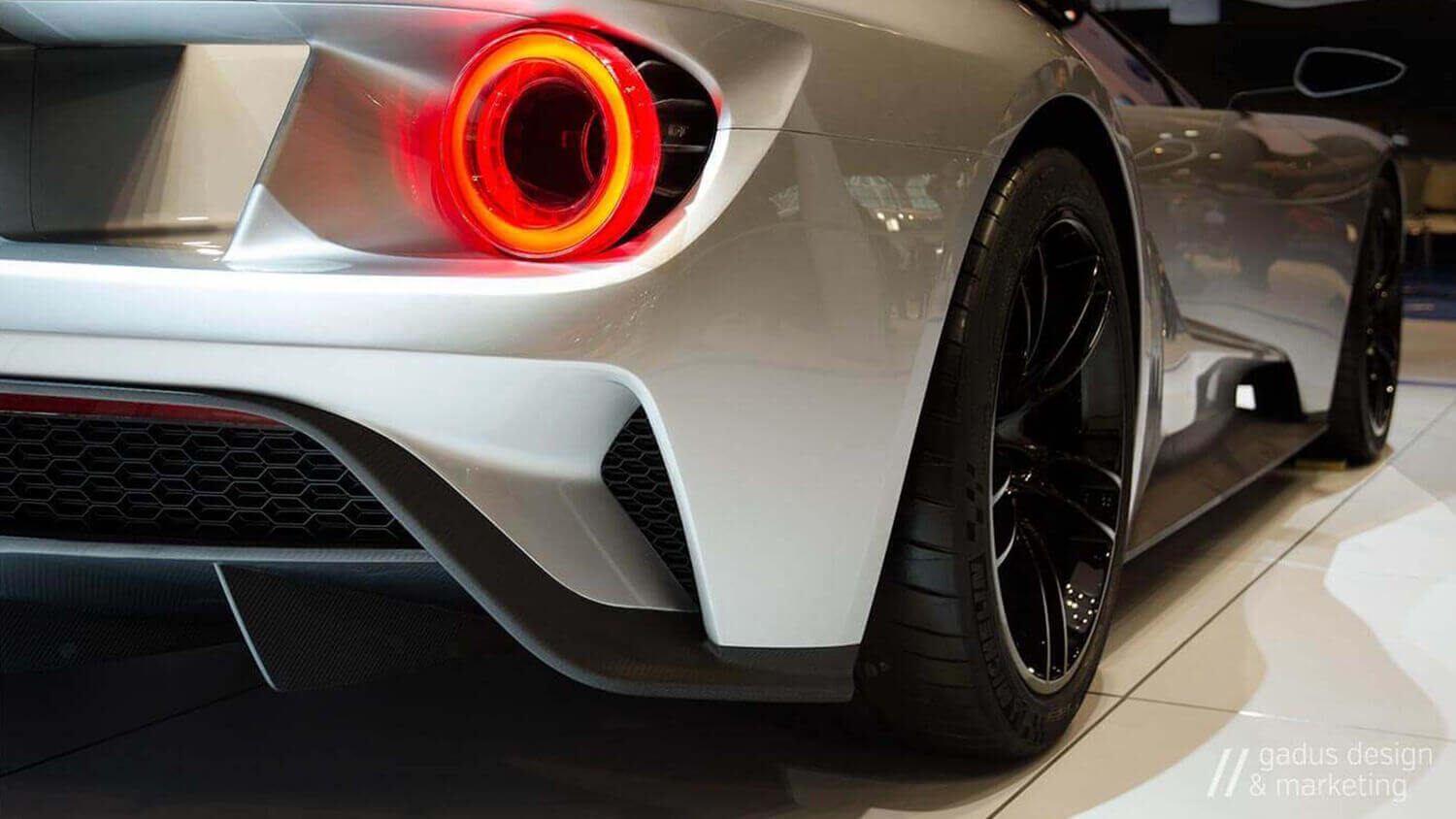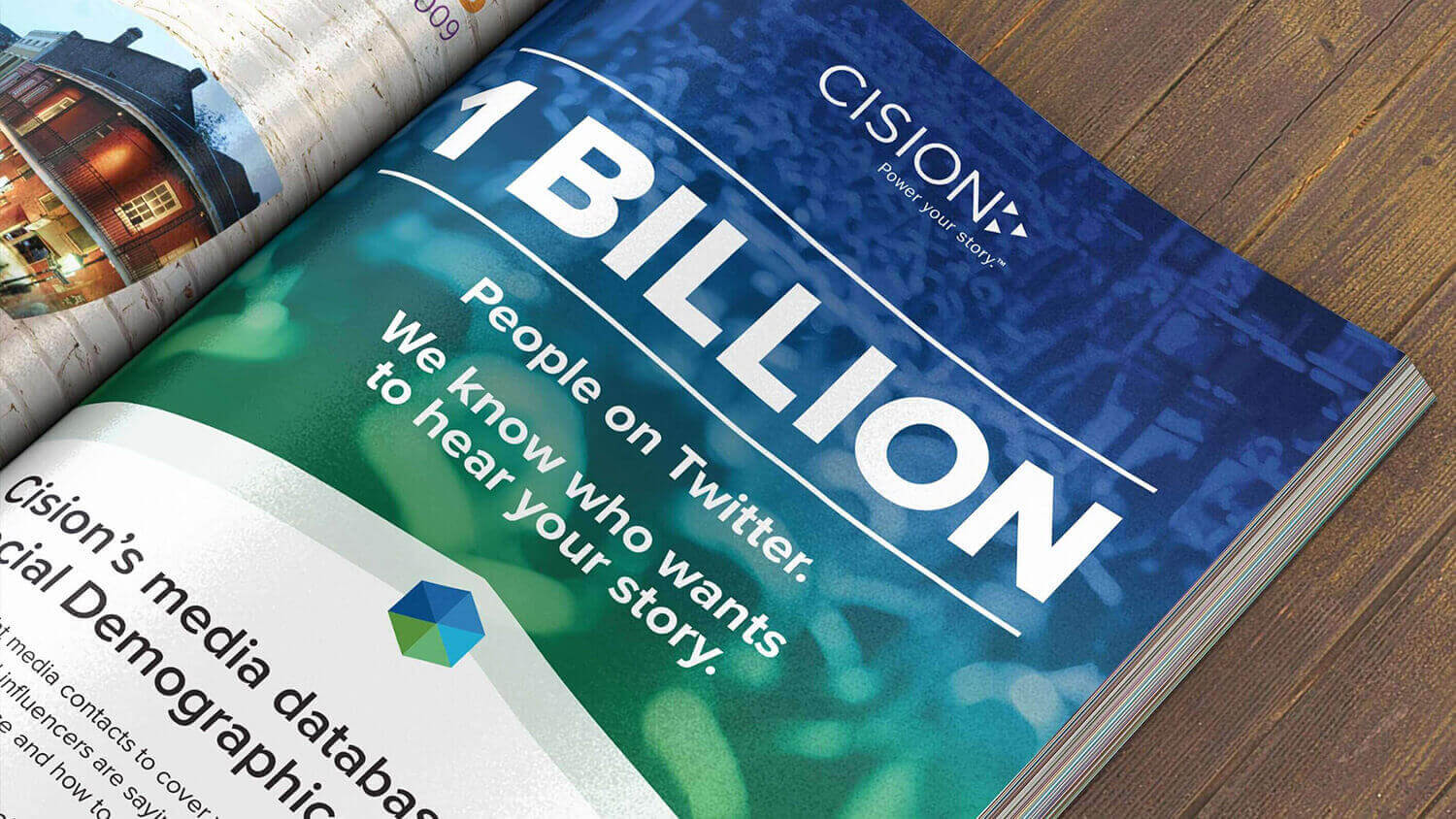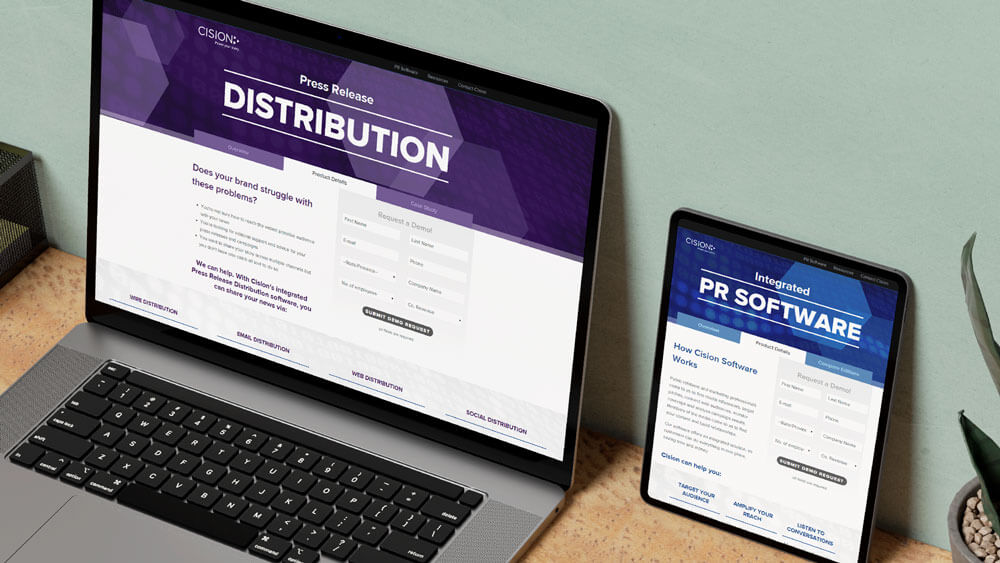User-first SaaS Design: Where Art Meets Science.
↓
You can take the gal out of the design department…
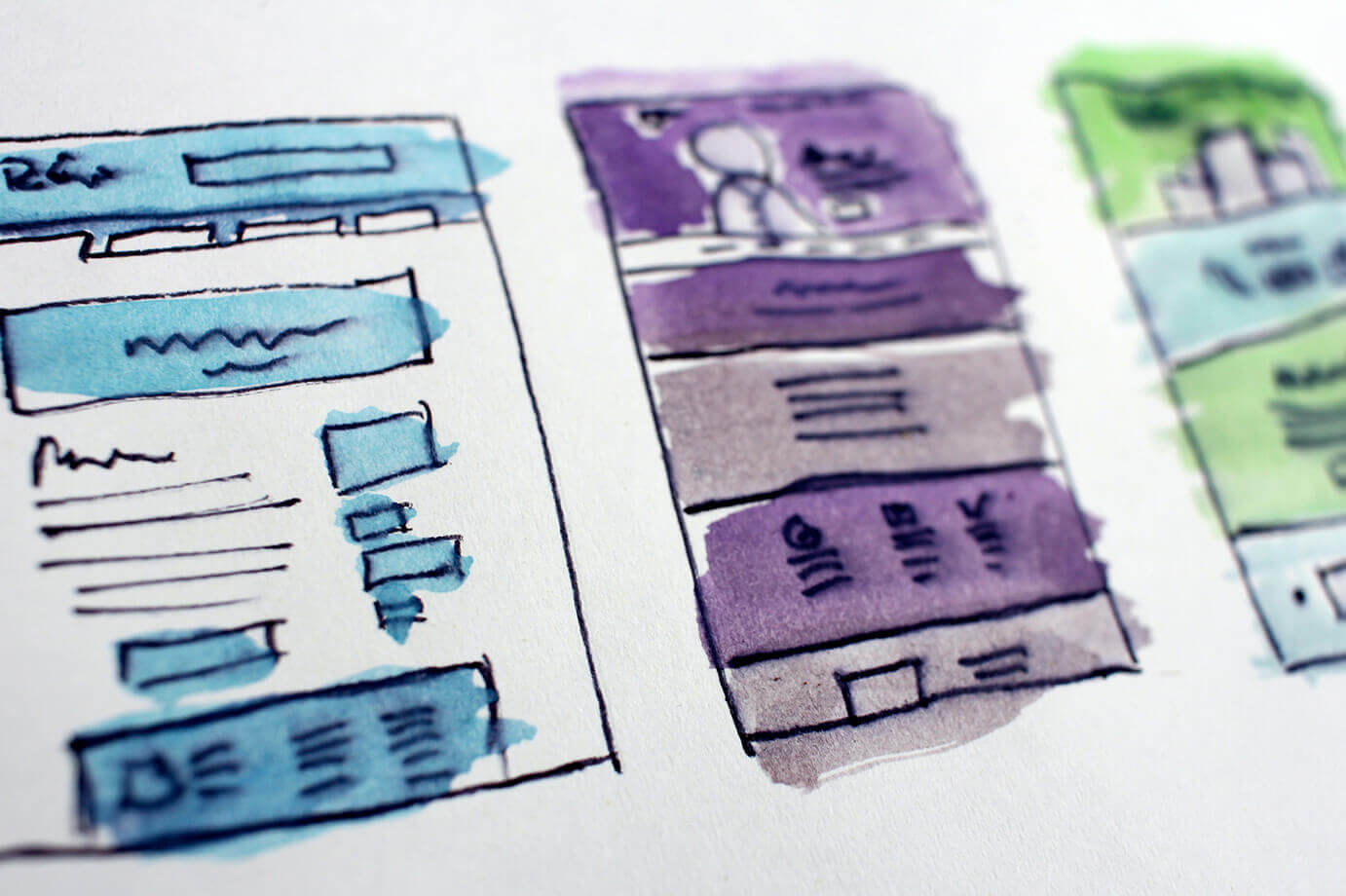
But you can’t take the design out of the gal.
(or however the saying goes.)
My Passion Will Forever Lay Within Design.
It’s how I think, how I work, and, believe it or not, why I moved into product management (form should always follow function). I approach products and their design from a problem-solving perspective. At the end of the day, all designers really do is communicate. We solve puzzles. We work through a maze of information to organize, clarify, communicate, and present it in a way that is not only easily digested but looks damn nice, too.
I break the problem-solving process up into four phases…
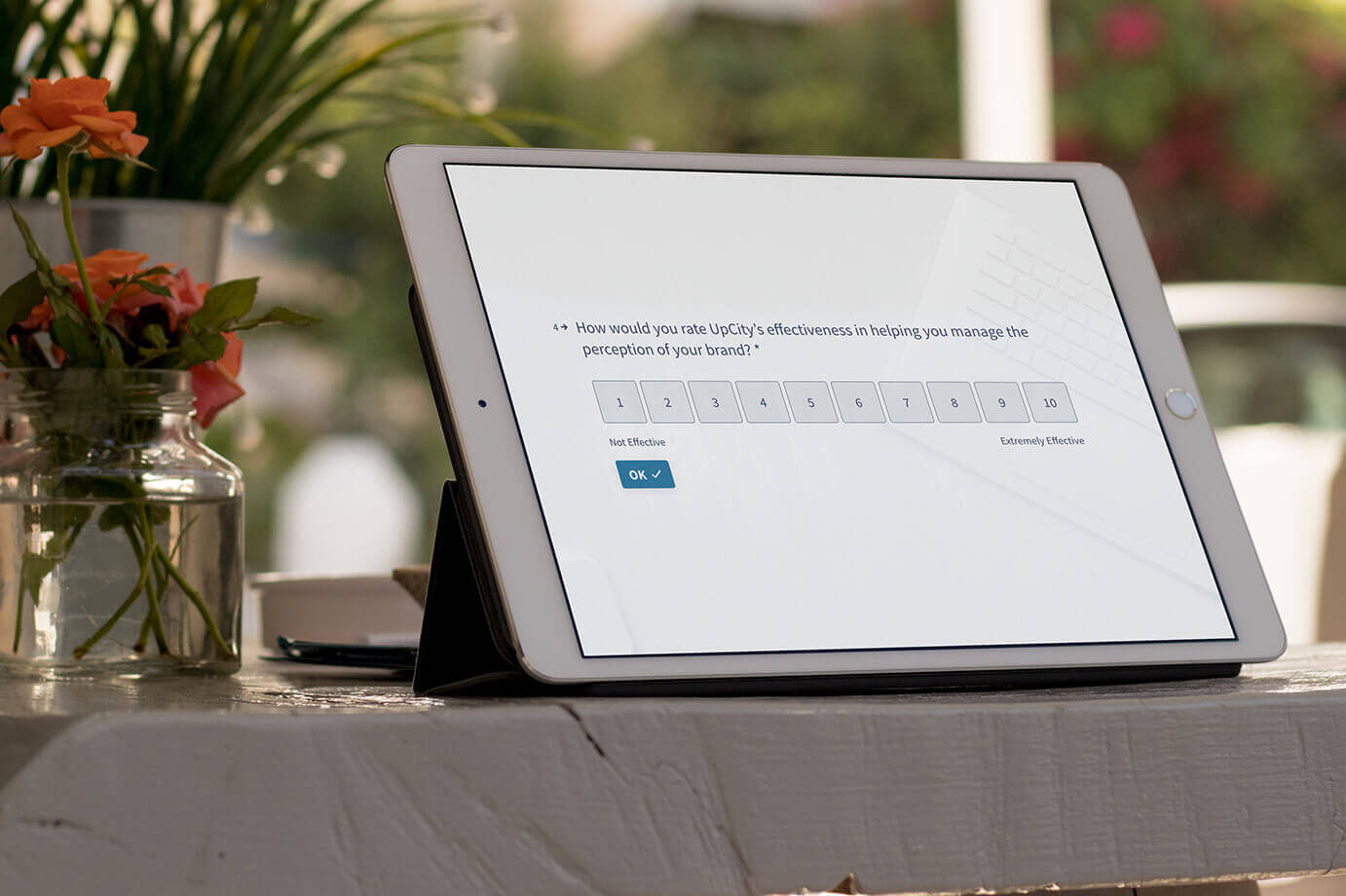
Discover & Research (“Think”)
Design starts with identifying the real problem and then formulating a plan of action for the team to ensure the problem(s) are solved. Design leadership is then teaching that process to others.
Design & Create (“Solve”)
Creating products is more than making things “pretty.” It’s organizing, simplifying, and—above all—communicating. Product design is solving the true needs identified in the project’s “think” phase.

Analyze & Improve (“Iterate”)
A product is never truly complete. Once launched, you must constantly analyze user data, analytics—anything you can—so you can adjust accordingly to ever-evolving business and user needs.
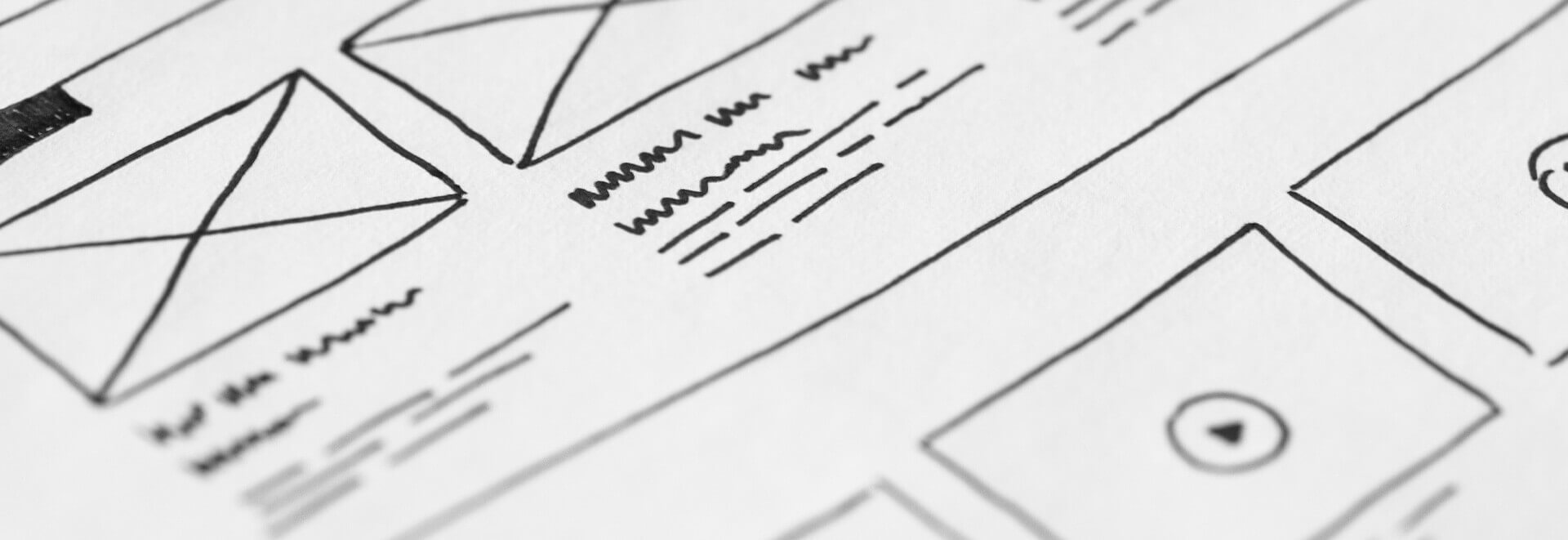
Hands-on
Contribution (“Practice”)
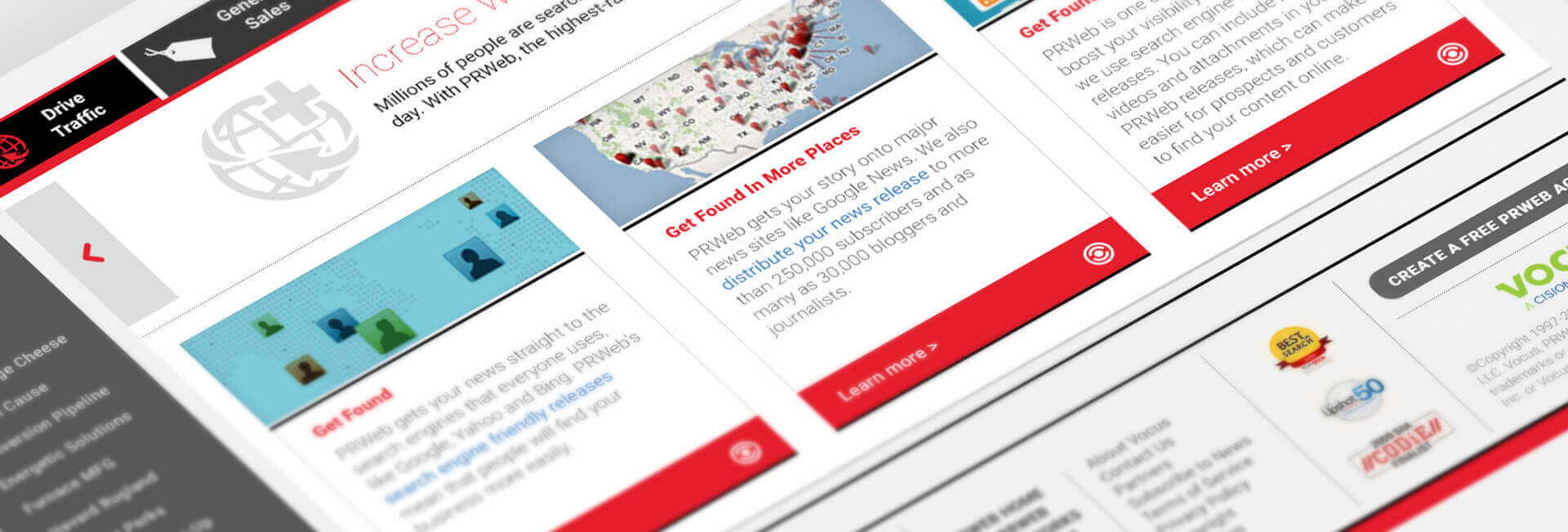
Sometimes ya’ gotta get your hands dirty (and I love that part). I’ll jump into every area of design—product, brand, print, advertising, website (including front-end development)—photography, prototyping, wireframing…dare I say, copy writing? I can handle whatever it takes to help you bring your company vision to life.

Bonus Round: Inclusive Design
Empowering individuals with disabilities to navigate our digital world by prioritizing web accessibility reflects our ethical responsibility as creators.
Think of it in business terms: our bottom line may very well rely on that one last conversion—and that one last conversion might not happen if the CTA button isn’t clear to the user with deuteranomaly; or wasn’t read aloud by a screen reading program; or because animated scrolling made the user with vestibular disorder feel sick and they abandoned the funnel before even seeing that CTA.
Additionally, following guidance from the W3’s [WCAG] 2.2 for example, can mitigate legal risks. Some law firms have made a very lucrative career out of finding non-compliant digital experienes and suing under the the ADA. Heed the warning and just be a good human by ensuring your websites and products support us all!
Why I Still “Practice Design”
My passion for the craft & full customer journey is why, after all of these years, I still enjoy taking freelance opportunities. I prefer working with smaller teams so I can continue to gain & share expertise, then take that experience and lead through hands’-on examples.
The truth is, I’m always going to be someone who needs to dive-in & get my hands dirty and I don’t think I’ll ever change!
The Design Process can be Messy, but the Results Don’t Have to be.
Hot take: the process is rarely linear if you’re applying it correctly. Take a Peek at how I cater it to your unique needs.
Looking for a wider breadth of work? No problem.
SaaS Design, UX, and Product FAQs
What is product design?
Product design encompasses the entire lifecycle of a product, from initial concept to prototyping, testing, launch, and continuous iterations. Product designers partner closely with product managers to gain a deep understanding of user behavior, market trends, and the technical aspects of product development.
A successful product designer also partners closely with market & UX researchers. They leverage data and align a product’s form & function with the overall competitive landscape, business goals, and user expectations.
What is UX design?
Think of UX (User Experience) design as the science behind the art. It focuses on how a system feels and functions—making products & information easy, enjoyable, and accessible to use. It typically involves research, testing, and design from a human-psychology perspective, with the ultimate goal of ensuring users have a positive interaction with a product or service.
What is the difference between UX and UI design?
While UX design focuses on the overall user experience (how a product “feels”), UI (User Interface) design focuses on the product’s visual and interactive elements—how it looks and works. UX is the blueprint; UI is the finished product.
What is the difference between UX design and product design?
UX design focuses on the overall user experience and interaction with a product, while product design encompasses the broader scope of developing a product from concept to final execution, including its functionality, aesthetics, and usability (see “what is product design?“, above).
What is the difference between web design and product design?
Think of these in terms of a user’s goal(s): are they browsing for information or trying to accomplish a specific task? These goals fall under web design vs. product design, respectively.
“Web design” also tends to fall under more marketing-related business goals; creating interfaces that deliver information to users, such as support resources for existing customers or marketing content for potential customers. “Product design” covers a broader scope, focusing on optimizing user journeys for task-intensive goals, interaction designs, and long-term strategy for a businesses’ digital products—like mobile apps, SaaS (software-as-a-service), and even operating systems for devices.
What does a Director of Experience Design do?
A Director of Experience Design leads cross-functional teams to create seamless, user-centric designs across digital touch points, which can be products or websites. They manage UX/UI strategy, user research, and design execution, ensuring experiences align with both user needs and business goals.
Check out my views on experience design leadership
What is Accessibility in web design?
Accessibility—sometimes called “ADA-compliant” design—is the practice of designing and engineering digital experiences (like web sites or products) in such a way that they are clear and easy for anyone to use, even those with disabilities. More specifically, Accessibility ensures everyone can “perceive, understand, navigate, and interact with the web.”
Why is UX research important in the design process?
UX research is important in the design process because it provides insights into user behaviors, needs, and pain points, which inform design decisions and ensure the final product meets user expectations.
How does UX design contribute to customer satisfaction?
UX design contributes to customer satisfaction by ensuring that products are easy to use, meet user needs, and provide a seamless and enjoyable experience, leading to increased loyalty and positive word-of-mouth.
What is the importance of user experience (UX) design in product development?
UX design is critical in product development as it ensures that products are intuitive, user-friendly, and meet the needs of the target audience, leading to higher user satisfaction and loyalty.
Learn about my design process
What is full cycle design?
Full cycle design is a holistic approach to any design project—from it’s initial concept through implementation—it considers everything from consistent branding across all touchpoints, enhancing customer experience, ongoing optimization, and alignment with overall business goals.
What is service design?
NN/g defines service design as, "Planning and organizing a business’s resources to improve experiences." Essentially, service design focuses on creating seamless, user-friendly experiences by aligning people, processes, and props (technology). It goes beyond feature delivery to consider all steps that may be impacted by this new/updated feature—closely minding how the system operates behind the scenes—with the ultimate goal of improving the overall experience
What is the difference between full cycle design and service design?
These terms are often used interchangeably but are not the same thing. Service design is a portion of fully cycle design that zeroes in on improving service delivery and UX, whereas full cycle design addresses every stage of a branding or product journey, ensuring cohesion from start to finish. Both enhance branding but focus on different aspects of user interaction and execution. strategy.

